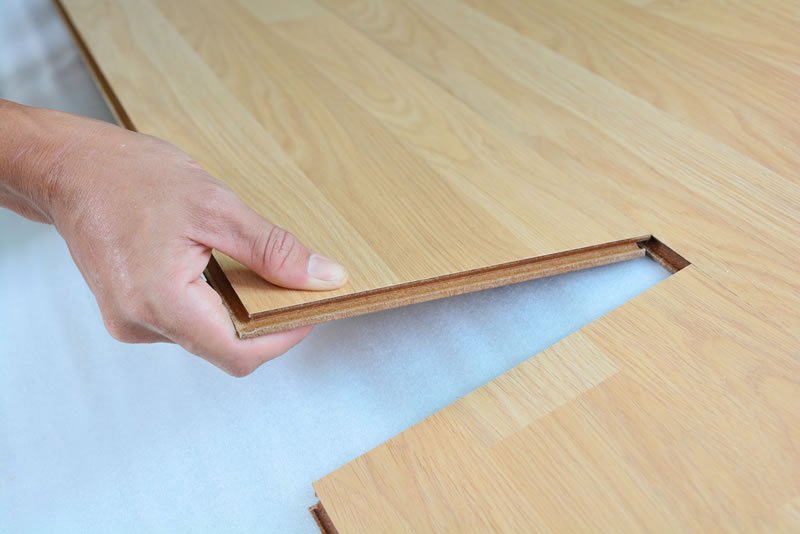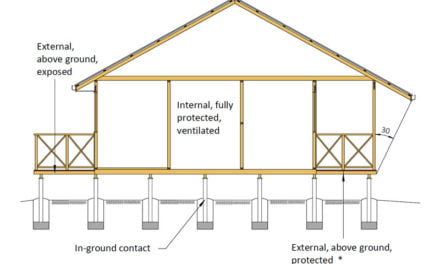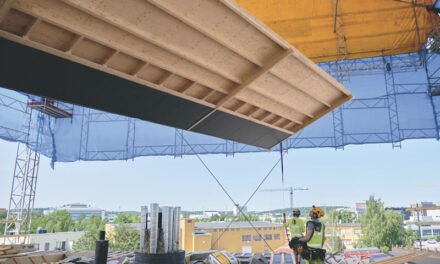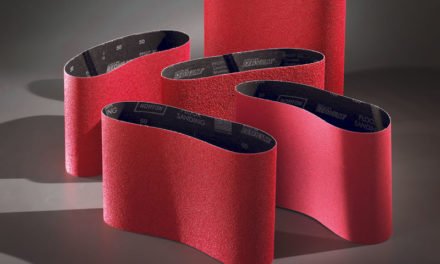Manufacturers that meet standards make the difference.
At the same time as the European Producers of Laminate Flooring (EPLF) site recorded a changing market trend for a slight drop in sales during 2018, the Australian market is becoming saturated with regionally produced laminate flooring products; some of which do not perform to the standard set by the EPLF – and to which we as a nation have become accustomed.
Laminate flooring still holds a significant market share globally, but the EPLF noted a 4.6% drop in sales during 2018. They attributed this to a continuing trend of substitution with alternative flooring materials. Despite this they did report an increase in sales of 7.8% in their Latin American and 2.8% in their Asian markets respectively; noting Africa and India as outstanding areas of growth.
It’s hardly surprising that the strongest growth areas are primarily emerging industrial countries around the Pacific Rim, since many manufacture (or previously manufactured) laminate flooring under licence for several well-known European companies. Their cheaper manufacturing and labour costs have in the past come at a price for some of those European brands, as quality issues in the product produced under licence have, on occasion, damaged brand reputation resulting in costly court battles.
However, with the infrastructure and knowledge in place, the development of locally owned and produced products was an inevitability, now set to challenge EPLF product dominance as the newcomers compete for margin in the global markets.
At this point in time it’s hard to say whether the Australian consumers’ fondness for laminate flooring is waning. As a nation, we are not usually last in, first out; but, as a Pacific Rim country, albeit a developed one, we have had a ringside seat and first-hand experience with poorly manufactured laminate flooring product, especially during the last 15 or so years. Around this time, we began to see product from European and Asian producers who had entered the market late in the game, following the product’s global acceptance.
It was also around this time that local wholesalers and retailers sought to import product directly, rather than act as the manufacturer’s agents – an attempt to increase profit and provide the Australian consumer with lower-priced options. While many of these products performed as expected there was a fair percentage that didn’t, despite the frameworks: standards, guarantees and warranties put in place to protect consumers from poor-quality goods and services.
What’s the standard?
Products imported into Australia should comply with Australian standards; which raises the question, why have we seen so many products fail to perform as promised? The answer lies at least in part in the very frameworks that form our protections.
All products imported into Australia must meet the requirements of two types of mandatory product standard.
Safety standards: goods must comply with particular performance, composition, contents, methods of manufacture or processing, design, construction, finish or packaging rules.
Information standards: prescribed information must be given to consumers when they purchase specified goods (e.g. labelling for cosmetics, tobacco products and care labelling for clothing and textile products).
On this basis any laminate flooring product satisfying the criteria in the aforementioned mandatory standards can be imported into Australia. But should it be?
In Australia the yardstick for quality goods and services is in most instances based on an Australian Standard. Of course, as non-producers of laminate flooring we have no such standard and defer instead to EN 13329 Laminate Floor-Coverings, Specifications, requirements and test methods, a European standard also recognised as an international standard. However, as a non-mandatory standard, other countries are free to implement the document or develop their own version of best work practice as they see fit, so long as the products offered meet the mandatory requirements. Buyer beware.
Laminate flooring products produced to meet the requirements of Standard EN 13329 have been tested for determination of thickness, length, width, squareness, straightness and flatness, as well as openings and height differences between elements, plus determination of dimensional variations after changes in relative humidity, for surface soundness, abrasion resistance, impact resistance and light fastness. These tests guarantee the product has been produced within tolerance to a pre-determined specification.
Where problems arise
Since the influx of product produced by the second-tier manufacturers, there has been a constant flow of reported concerns regarding height variation between boards, delamination of and within the product core and in the tongue and groove or click-locking mechanism employed to join the boards together. While this suggests a different standard or understanding of the test and measurement criteria, it is only fair to say that not all issues reported were directly related to manufacturing shortfalls.
A considerable percentage of these products sold on price point, found their way into the DIY market where consumer installation practices and post-installation maintenance routines contributed to product failure. Many of these failures could be traced back to inappropriate product choice for the area of use, while the absence of installation instructions and post installation care information were the biggest contributor to product failure in service.
This is not to say that there was a total lack of information, only that the information provided on packaging or in enclosures was frequently written in the language used in the product’s country of origin and was not provided or available in any other language.
EN 13329 addresses the classification of the flooring, assigning a wear class according to the proposed level of use (e.g. domestic or commercial application, moderate, general and heavy) against its resistance to common wear issues (e.g. abrasion resistance, impact resistance, resistance to cigarette burns, the effect of furniture legs, the effect of castor chairs and thickness swelling) and the marking, designation and packing requirements. Products complying with this standard should be delivered in packages designed to protect the corners, edges and surfaces of the product, under normal conditions of transport and handling. Installation, cleaning and maintenance instructions should be delivered together with the product. The following information should be clearly marked on each carton:
- Number of this European standard followed by suffix
- Manufacturer’s and/or supplier’s identification
- Product name
- Colour, pattern and batch number
- Symbol appropriate to the class of product
- The nominal dimensions of one floor covering element in millimetres
- The number of elements contained in a package
- The area in square metres contained in a package
The classifications and packaging requirements, whilst helpful for consumers, are critical to meeting the mandatory standards for packaging and information.
The vigorous testing, classification and packaging requirements provide the basis for the manufacturer’s guarantee and/or warranty. The vast majority of EPLF manufacturers offer both options, which provides their agents and representatives a strong selling point and their consumers with a sense of security.
At this point in time it may be too early to cite changing market trends for a downturn in laminate flooring sales globally, given the emergence of new manufacturing contenders.











